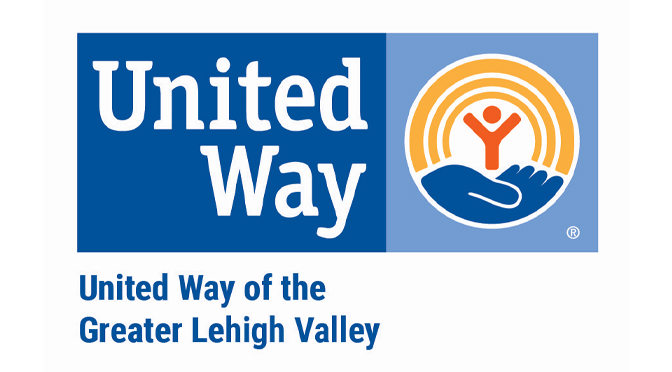|
|
In Lehigh, Northampton and Carbon counties, approximately 136,500 households cannot afford basic essentials according to new report.
Allentown, PA, June 20, 2024 – Approximately 136,500 families in the Greater Lehigh Valley regularly struggle to make ends meet. That’s approximately 47% of the households in Lehigh, Northampton and Carbon counties and an increase of 17% since 2021, according to the latest report from United Way of Pennsylvania.
“This data further confirms what your local United Way and so many of our partners have experienced during the past several years. With steep increases in housing, food and childcare costs, families simply cannot afford what they need to live, let alone thrive. We remain committed to helping people access the critical resources they need today, while working to develop the long-term solutions that will ultimately build a stronger community,” said Marci Lesko, Chief Executive Officer, United Way of the Greater Lehigh Valley.
The report from United Way of Pennsylvania and its research partner United For ALICE concluded that there are more than 658,000 Pennsylvania households living in poverty as well as another nearly 1.5 million working families defined as ALICE (Asset Limited, Income Constrained, Employed), earning above the Federal Poverty Level but less than what’s needed to survive in the modern economy. ALICE workers, also referred to as essential workers during the pandemic, include childcare providers, home health aides and cashiers — actively working, but with little or no savings, often putting them one emergency away from poverty or serious financial instability.
ALICE in the Crosscurrents: An Update on Financial Hardship in Pennsylvania shows that while wages were increasing, so too were costs. For a family of four with an infant and a preschooler, the basic costs to live and work in the Greater Lehigh Valley excluding tax credits, increased an average of 27% across Carbon, Lehigh and Northampton counties from 2021 to 2022. In Lehigh County for example, the annual survival budget rose from $76,272 in 2021 to $98,664 a year later. Compounding the issue in 2022 was the loss of up to $15,000 in federal child tax credits and stimulus payments that families had access to in 2021.
“While local United Ways in Pennsylvania build programs and partnerships that help support the economic mobility of ALICE households, our network also advocates for statewide policy solutions like the Working Families Tax Credit, making childcare more accessible by funding a recruitment and retention initiative for the childcare workforce, and support for PA 211 which helps Pennsylvanians learn about community resources,” said Kristen Rotz, President, United Way of Pennsylvania.
Detailed data sheets about Lehigh, Northampton and Carbon counties are available at www.unitedwayglv.org/ALICE.
To read the update and access online, interactive dashboards that provide data on financial hardship at the state, county and local levels, visit UnitedForALICE.org/Pennsylvania.
Information provided to TVL by:
Laura McHugh
Vice President, Marketing and Communications
United Way of the Greater Lehigh Valley
www.unitedwayglv.org





